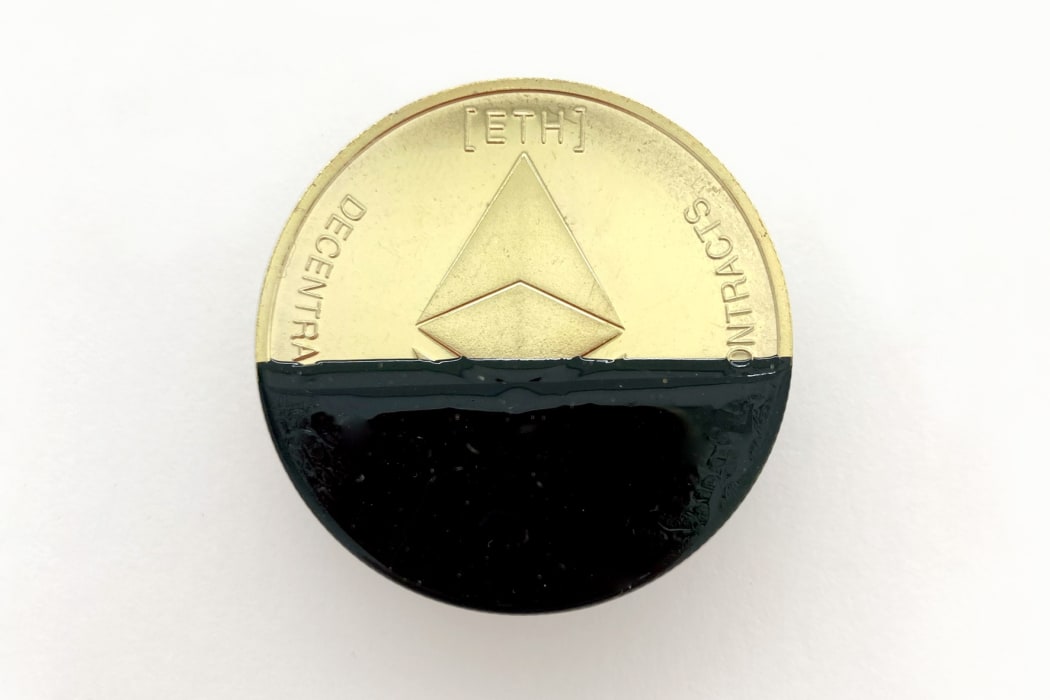
CryptoArt is based on a digital resource that embeds in an artwork data such as the information regarding the author, who it belongs to and what its sale price is, taking a digitised physical production or a directly virtual creation. In principle, it grants autonomy to the artist to manage online sales and access a type of collecting that operates in the cryptocurrency market. So much for the basics we have been told about NFT, an acronym for "non-fungible token" to designate a unit of value that allows buying and selling the ownership of unique digital items and tracking who owns them over time, in the event that digital media are stable and durable; also, in case the bubble does not burst.
The boom in the sale of NFT works does nothing else but highlight the weak point of the problems that we have inherited from neoliberal capitalism that the new forms of exhibiting and collecting art try to circumvent. In this brief essay we will approach some questions and possible answers to the moment we live in with respect to CryptoArt in general terms but alluding to the controversial and brilliant work of an artist who has collaborated with ADN Galeria, Daniel G. Andújar. An exhibition of his works was held at ADN Platform a few years ago. In short, the aim is to place value on the art that takes a full picture of our society independently of its format in this hybrid world in which putting up resistance to the established order is still an arduous task.
Today, many very young digital artists, influencers and streamers like Ibai Llanos, inhabitants of the most coveted networks, are positioning themselves against NFTs. Why? How has their popularity risen and fallen so quickly? The media continue to promote them. However, the distrust no longer comes from fear of the unknown but from experience itself. Even an art critic like myself, who at the beginning saw their potential and curated an exhibition of NFTs, proposed that, if well used, tokenisation is a useful tool allowing a democratic access to art. However, CryptoArt has shifted towards issues more focused on the stock market and speculation than on helping creators. It has become clear that crypto-art and NFTs are just another product of rampant neoliberal capitalism, which generates more inequalities than anything else.
We take up the baton from the late Bulgarian historian and philosopher Tzvetan Todorov in his 2004 essay The New World Disorder, where he praised pluralism with reservations. At that time, he already foresaw that, if neoliberalism gradually replaced democracy, we would find ourselves in a regime that no longer corresponds to the definition of democracy and the order it entails. In other words, the more options for promotion, for moving in the midst of globalisation, etc., apparently the more opportunities for democratisation and treatment among equals. Ah, that long-awaited plurality and diversity! But homogeneity is what is being imposed on us and we have the proof in the NFTs that have become popular, frivolous, without content, for the ostentation of those who give life to the system and nourish it.
The philosopher also warned of the evolution of technology and its use for power, as it facilitates surveillance and control over the population on the pretext of ensuring our security. European values of pluralism and moderation were, according to him, endangered and threatened. All this is due to the blind use of technology, the scope of which we do not know and the aims of which are often obscure. Technology should be kept at the service of art and not the other way around, as is the case.
On 21 May 2021 García Andújar wrote in the journal El Español: "In the nineties, during the internet bubble, we thought we could take the reins, but I'm afraid we didn't know how to read the code, the real power of language, the actual tool. The recent cryptographic gold rush and its visual representation in NFTs or the popular emergence of the viral culture of memes has already changed power relations within the cultural industry. There are also artists who are learning to adapt codes and techniques, so that the speculative system of the art trade works for them, and new predetermined conditions of ownership generate an automatic return for the creator from the first sale."
During the ARCO 2022 Fair the artist showed Digital Economy Principles QR, a work that is a physical sculpture in the form of a QR that leads virtually to OpenSea, the largest online marketplace for NFTs. With humour and great intelligence, it leads the collector to wonder what he is buying and, above all, how its sale benefits the author. It was worth one "virtual currency unit" but its price in common currency was worth almost 3,000 euros. Other artists who had sold NFTs at the same fair boasted. Andújar, observing as a hacker with the eye of a philosopher, adopted another attitude.
We, the professionals of culture, place ourselves at a point of support, with a didactic task ahead of us with regard to this mess we have got ourselves into thanks to the big corporations that end up dominating every sector. How we are going to use this technology and how it is maintained in the market is crucial in determining the good practices that are actually possible, to the detriment of the neoliberal capitalist desire to accumulate at all costs, as if happiness could be bought and sold. Any critique of the system is made from within because we cannot escape it, can we? Of course, we can resist, correct dynamics, change course towards something new that moves away from a pernicious model, bringing order to the new world disorder. If we don't stop, take a breath and look around us, it may soon be too late when we are forced to, perhaps by a digital blackout.
(Translation: Beatrice Krayenbühl)

